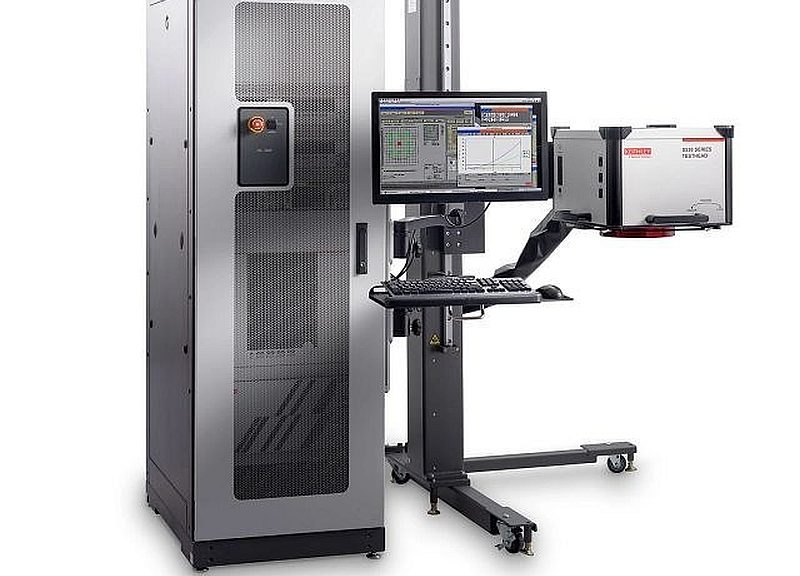- Tektronix announced the availability of KTE V7.1 software for the Keithley S530 parametric test system to accelerate the semiconductor chip manufacturing process.
- The KTE V7.1 software release offers new parallel test capabilities and a high-voltage capacitance test option for power and wide bandgap applications.
The emergence of 5G and the growth of IoT applications have boosted global semiconductor demand. Global shortages require not only increased manufacturing volumes, but also accelerated test capabilities for new chips under development. Tektronix’ new test system aims to speed up the manufacturing process by decreasing test time. According to Tektronix, KTE V7.1 improves test times by more than 10 percent over KTE V5.8.
The release of KTE V7.1 builds on the improvements in functionality and throughput of the S530 family parametric test system since the release of KTE 7.0. The new test head design provides flexibility in the use of different probe cards. The software and hardware upgrade allows for one-pass testing. In addition, the new System Reference Unit (SRU) reduces calibration time to less than eight hours.
Key enhancements:
- Parallel testing: first available as an option in the KTE V7.1 release, the S530 tester now has parallel testing capabilities that improve productivity by approximately 30% (depending on the tests and structures). Based on the Keithley S530 test system’s hardware architecture, eight source meters (SMUs) can connect to any test pin via any port/all-Kelvin row in the system. Keithley’s parallel test software optimizes the use of all system resources to maximize test speed.
- High Voltage Testing: The High Voltage Capacitance Voltage (HVCV) option allows for measurements between 200 and 1000 volts, making it possible to test capacitances (Cdg, Cgs, and Cds) up to 1100 V DC bias.
- Testing up to 1100 V on all pins: up to two 2470 series SMUs, capable of generating and measuring voltages up to 1100V, can be configured in an S530-HV system. The S530-HV system’s built-in high-voltage switching matrix allows these measurements to be made on any test pin at any time.






